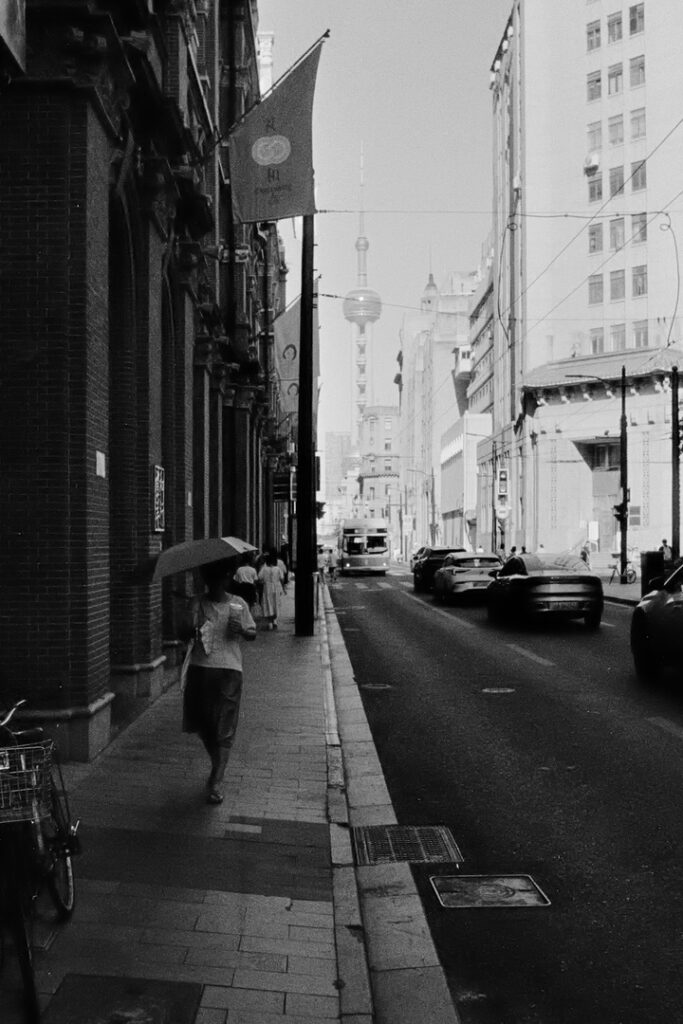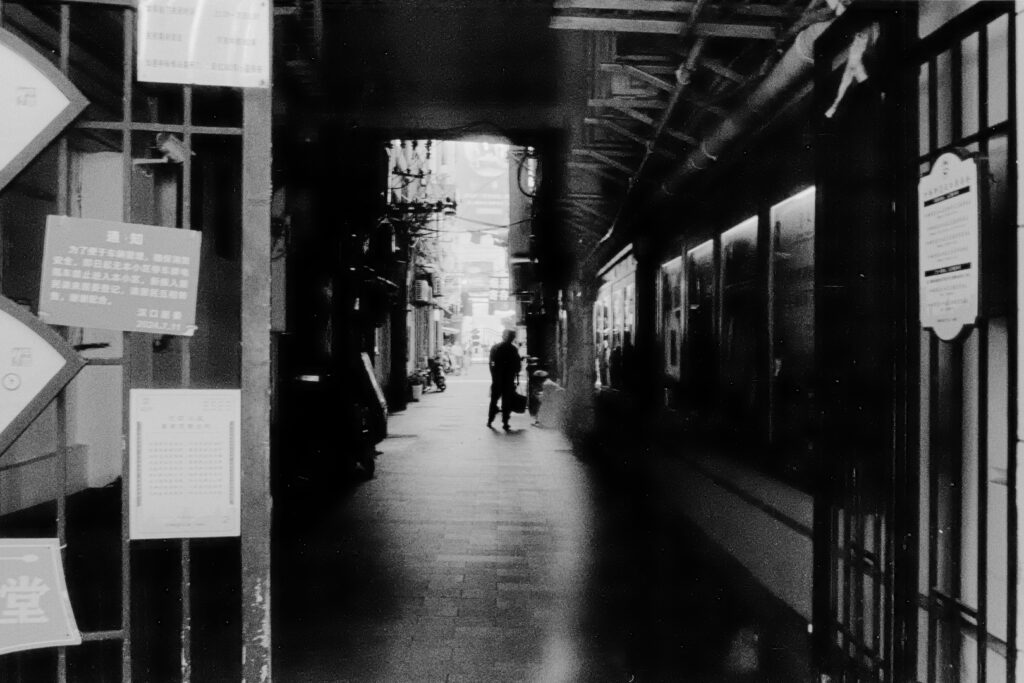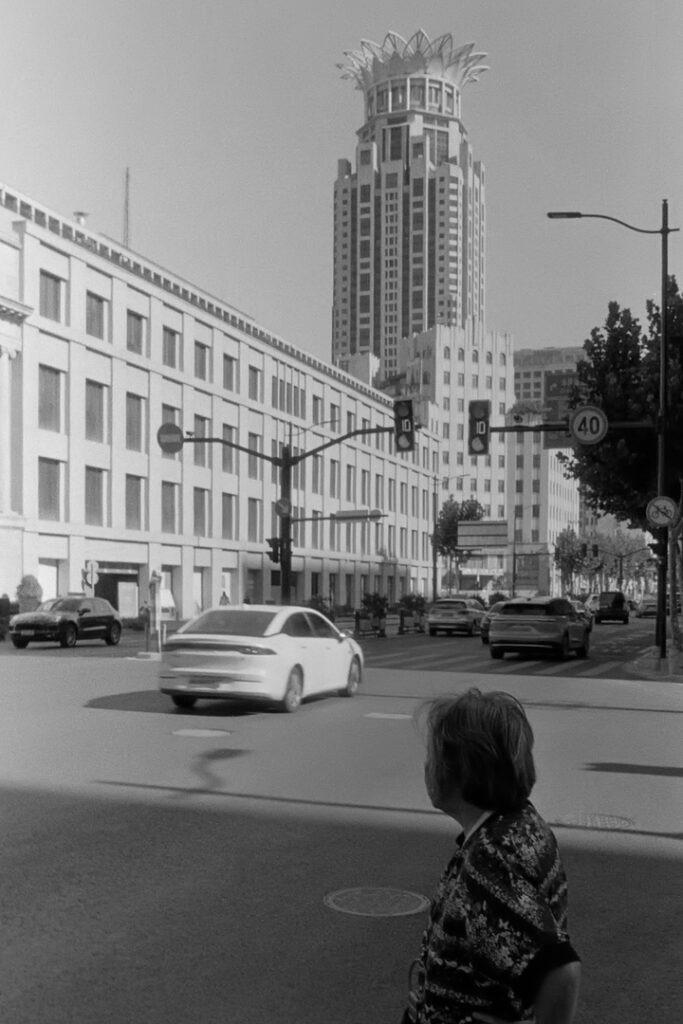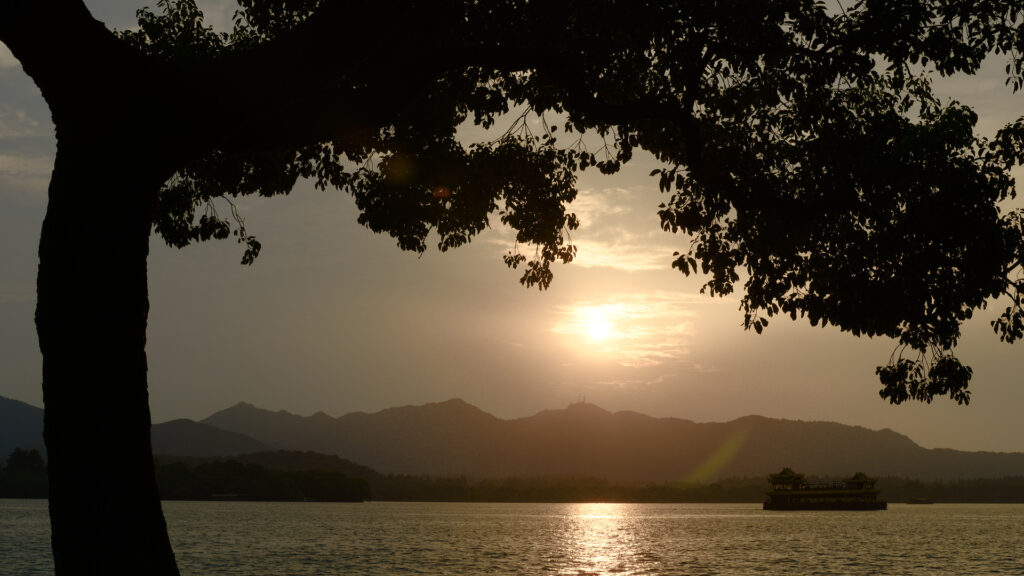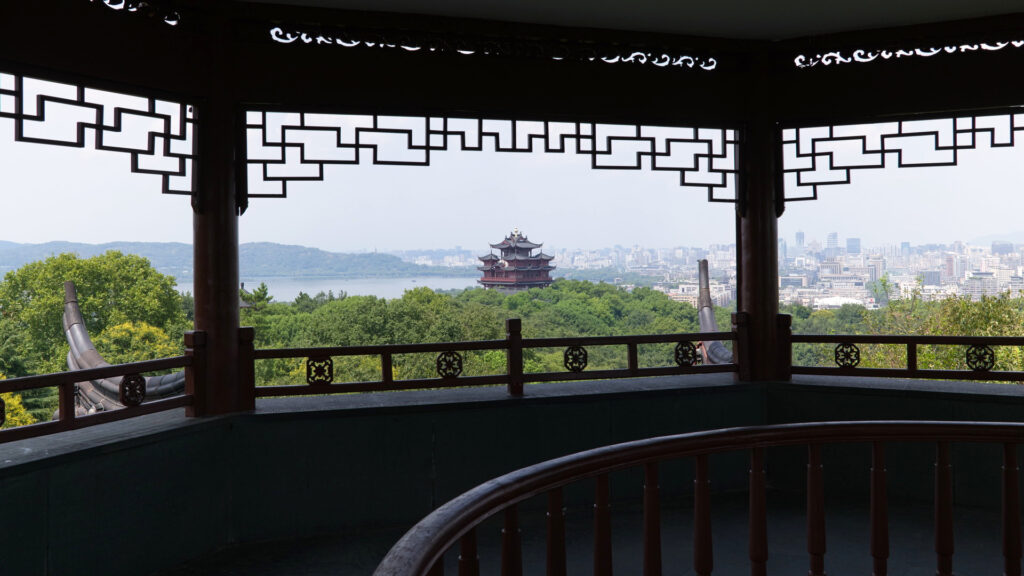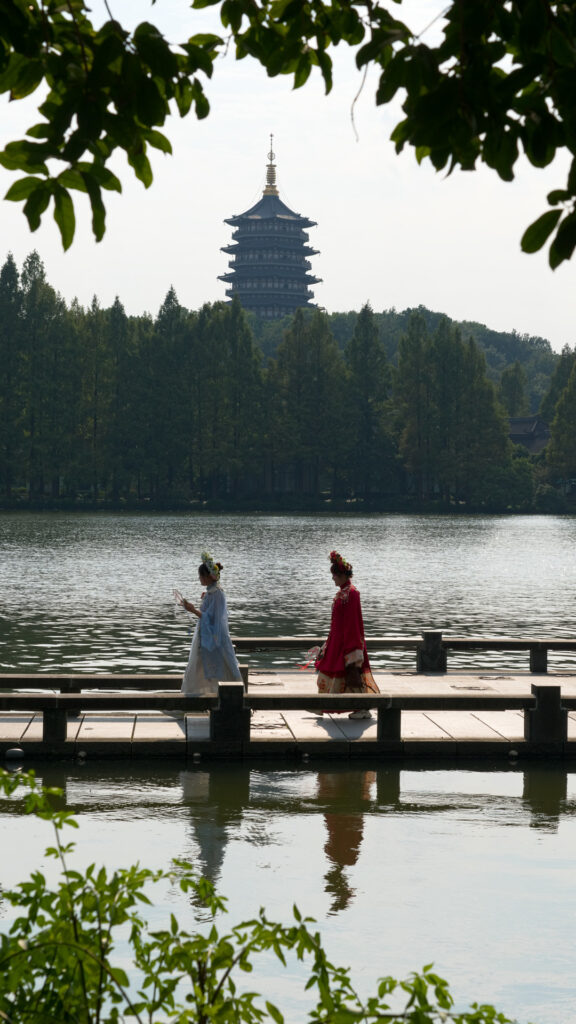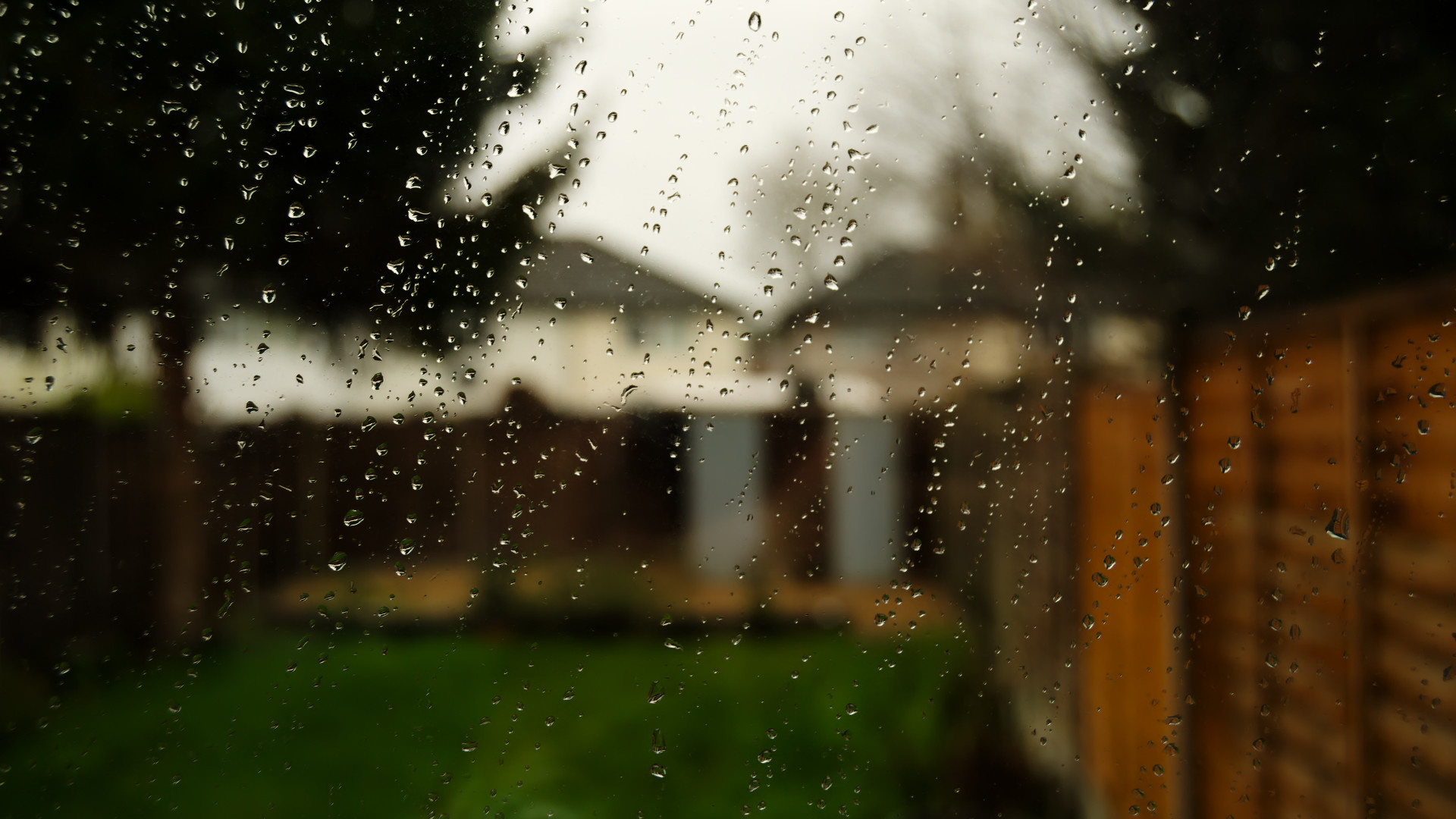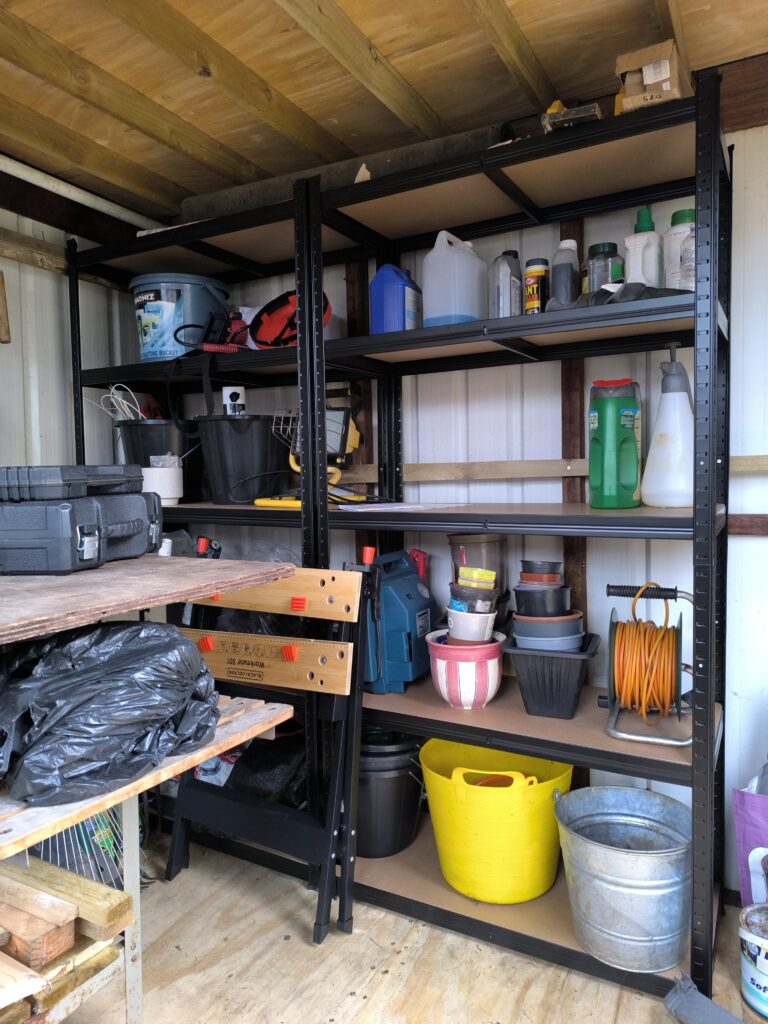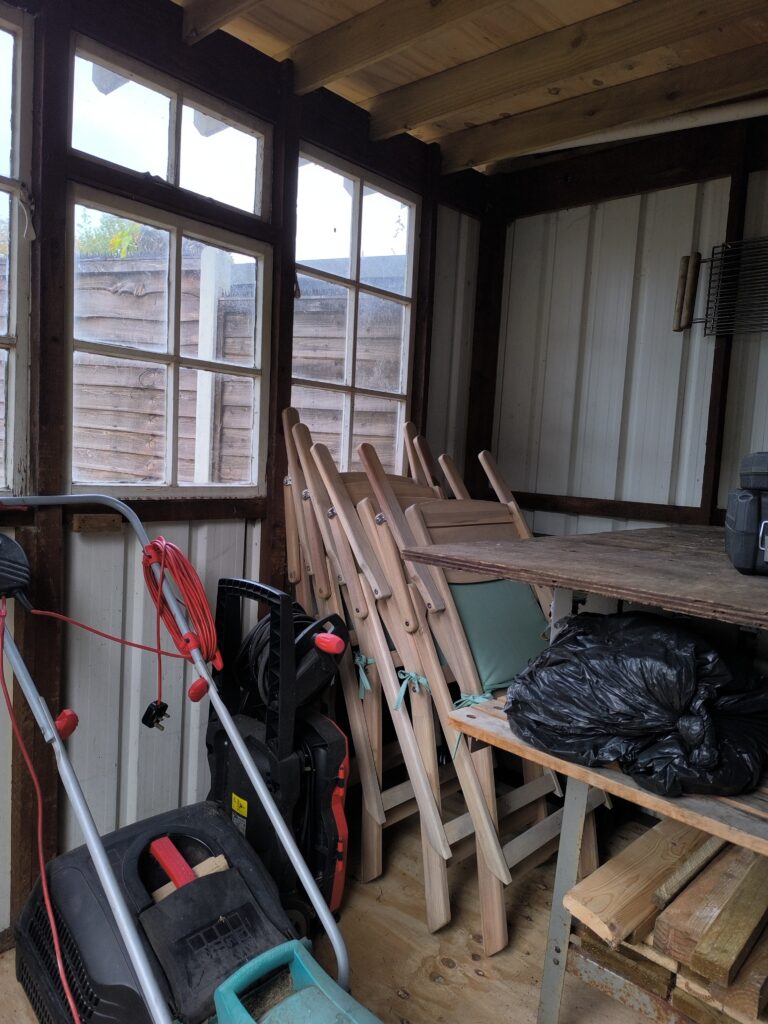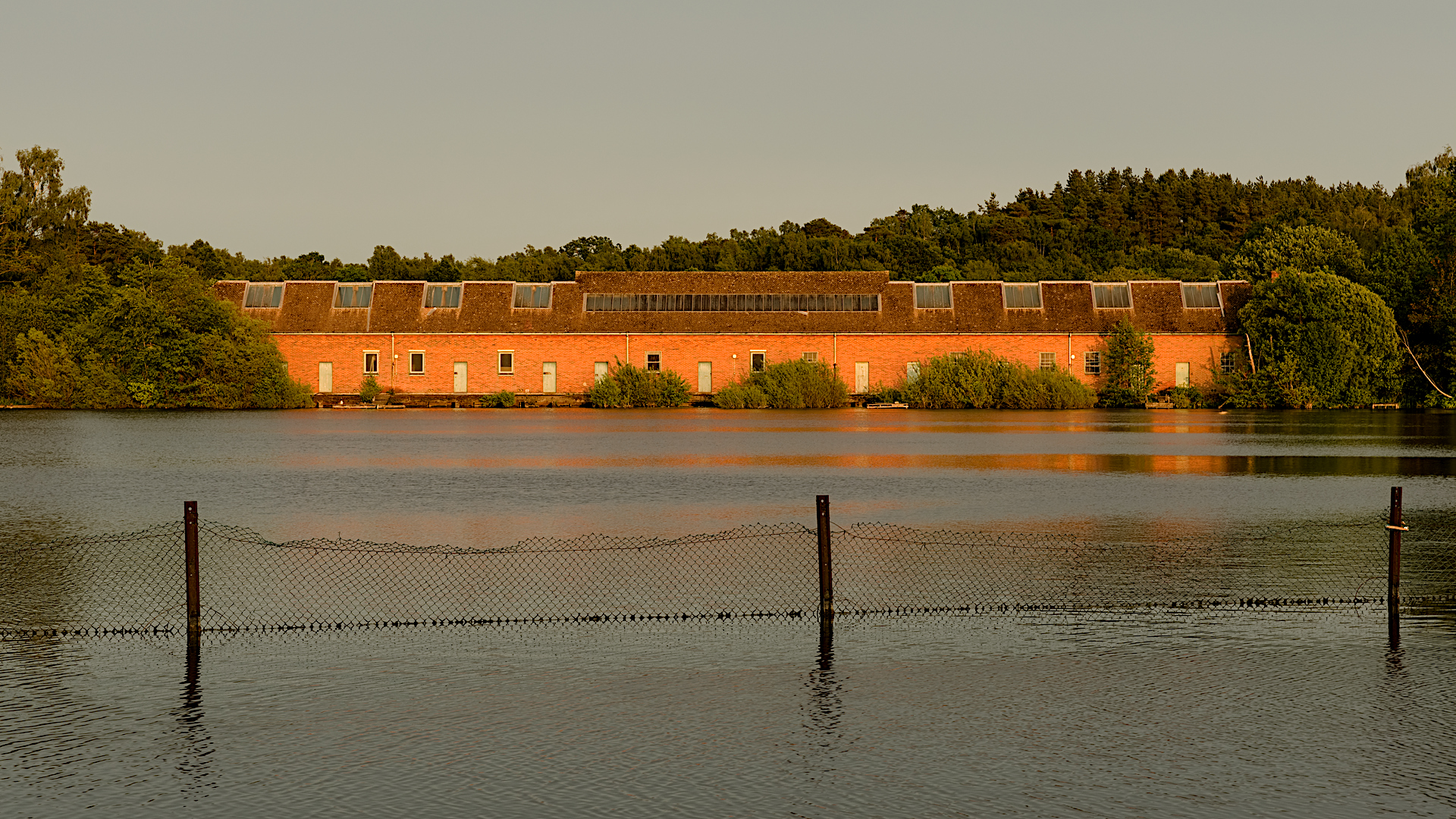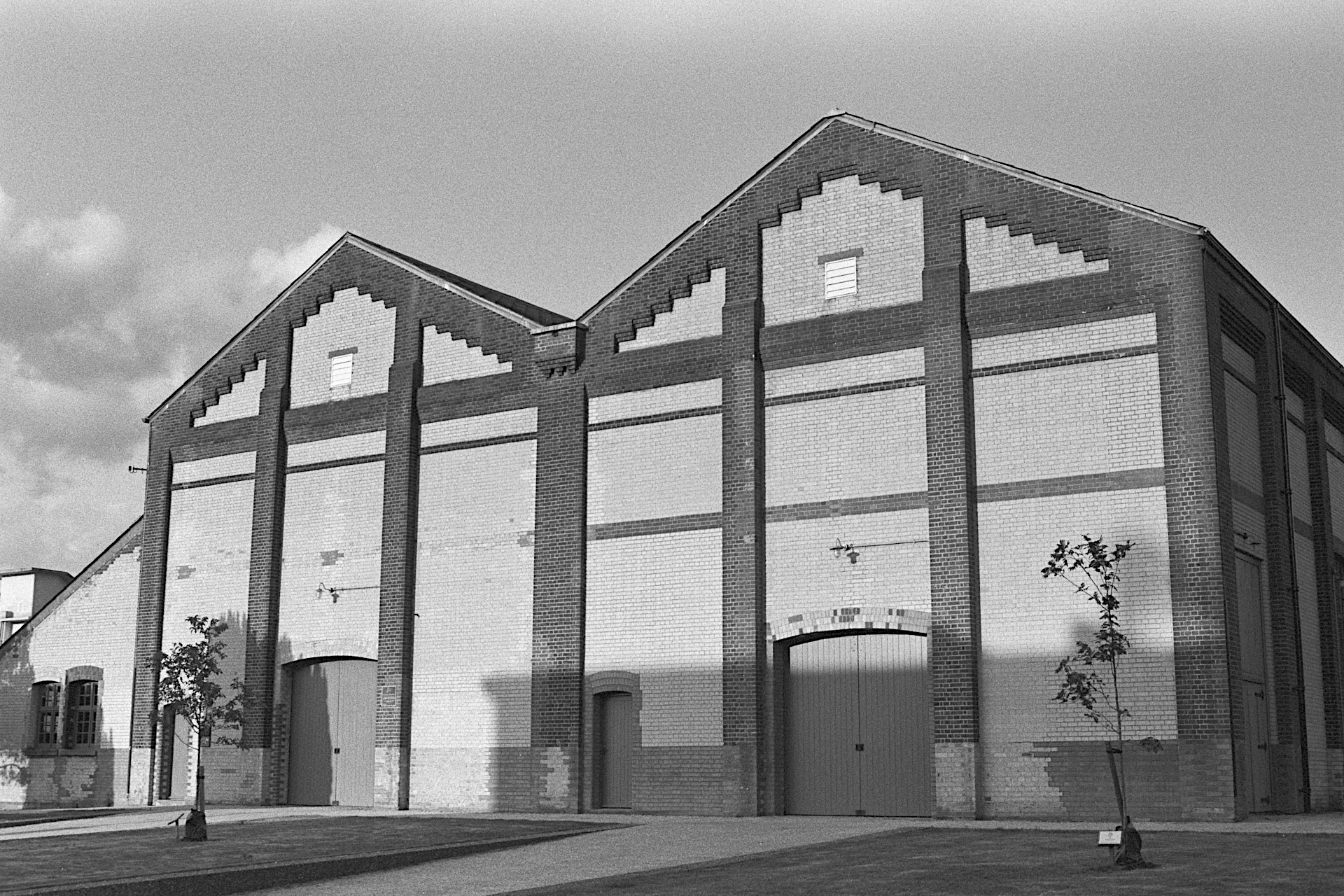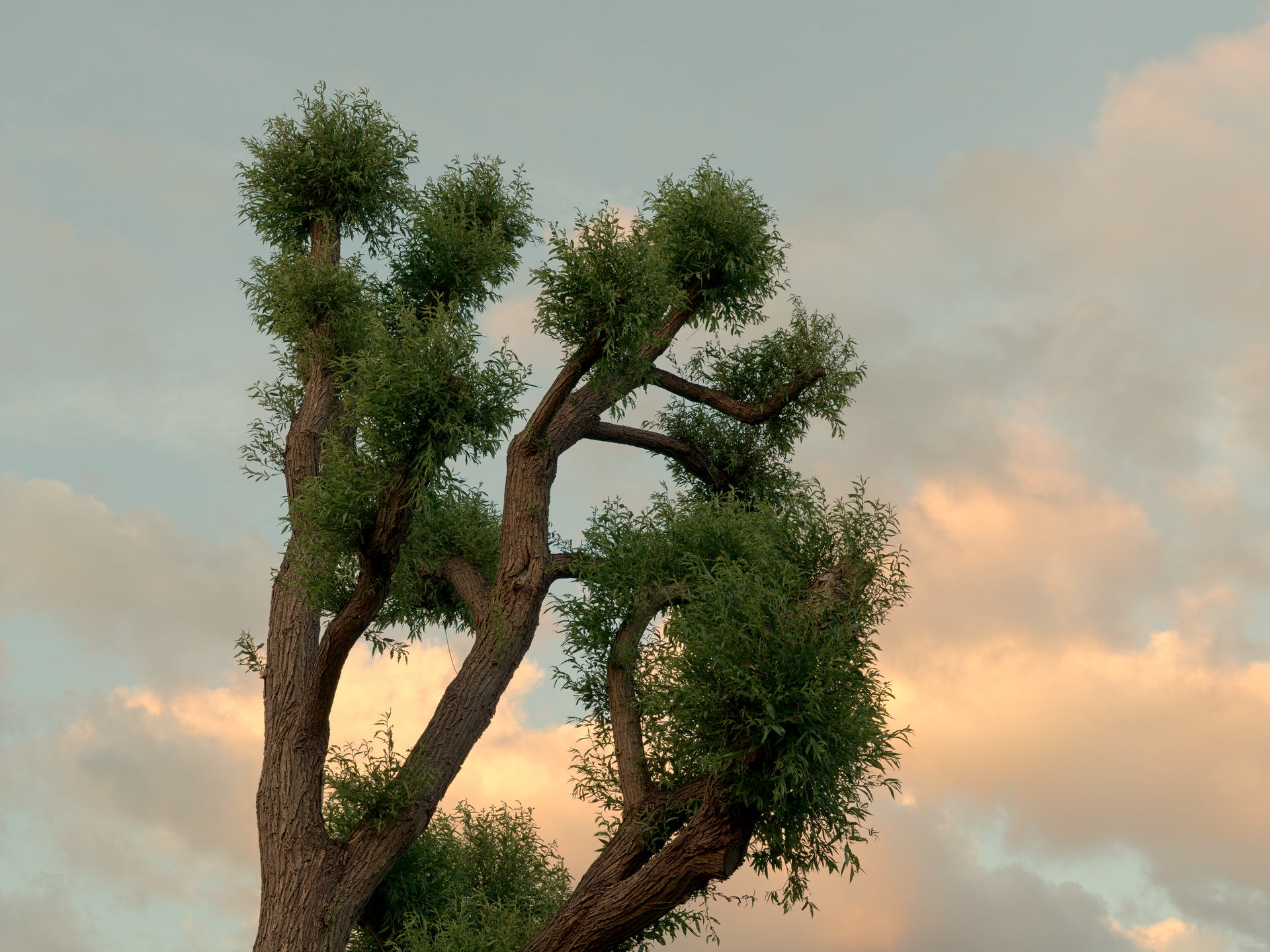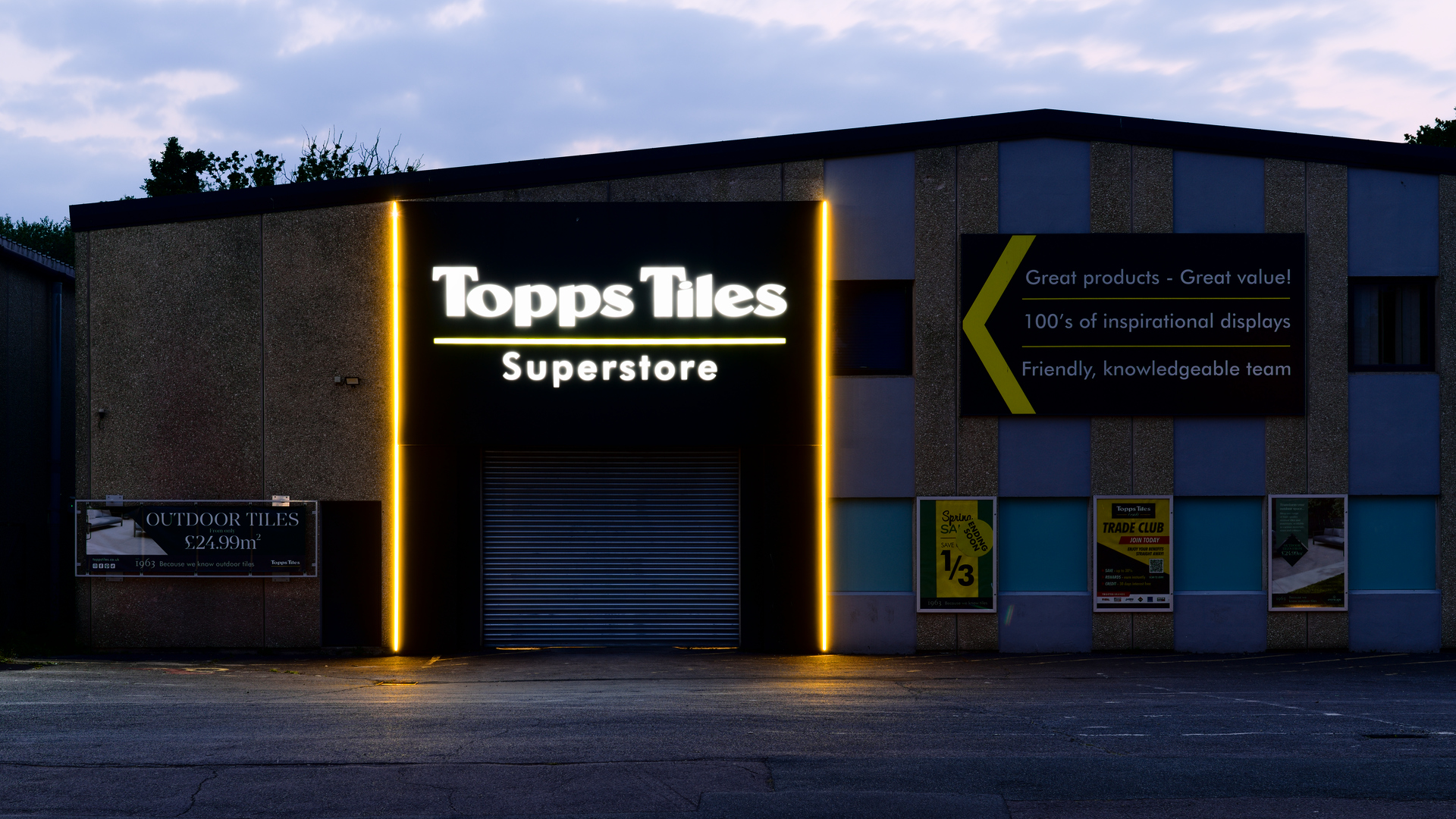It’s been four months now since P and I arrived back in England after our three-week trip to China. I’ve struggled to find words fitting enough to tell our amazing experience, which is why I put off writing this post until now.
I still cannot do it properly, so I’m sharing the same raw observations I did with my Discord friends whilst I was sitting on the Bund and enjoying the skyline across the river:
- It is a BIG country.
- There is a lot of food. Not just variety, but also quantity. It almost feels limitless.
- Things are not built cheaply. Nice things are not cheap. They coat [sic] less than in Europe but with better quality.
- People spend lavishly on experiences. Food, travel, nice expensive things, not on tacky things.
- People don’t give a fuck about what others think. As in, they do what they want.
- People are friendly. Language barriers are not a big thing. The young ones are cooler than in Europe.
- Everyone wears some sort of new age clothing, which is actually a jacket, to block the sun and also cool down. Literally everyone.
- Their fashion is out of this world.
- People spit. Squat toilets are something. And I said [sic] this as someone who grew up using a latrine. They’re clean, but they take some practice.
- Did I say food is amazing? And cheap?
It was also difficult for me take pictures as we wandered around Shanghai and Hangzhou, the two cities we visited. There were too many things screaming for attention, and it was easier for us to enjoy the experience than to try and capture it. On rare occasions, I came out of my daze and took snapshots.
